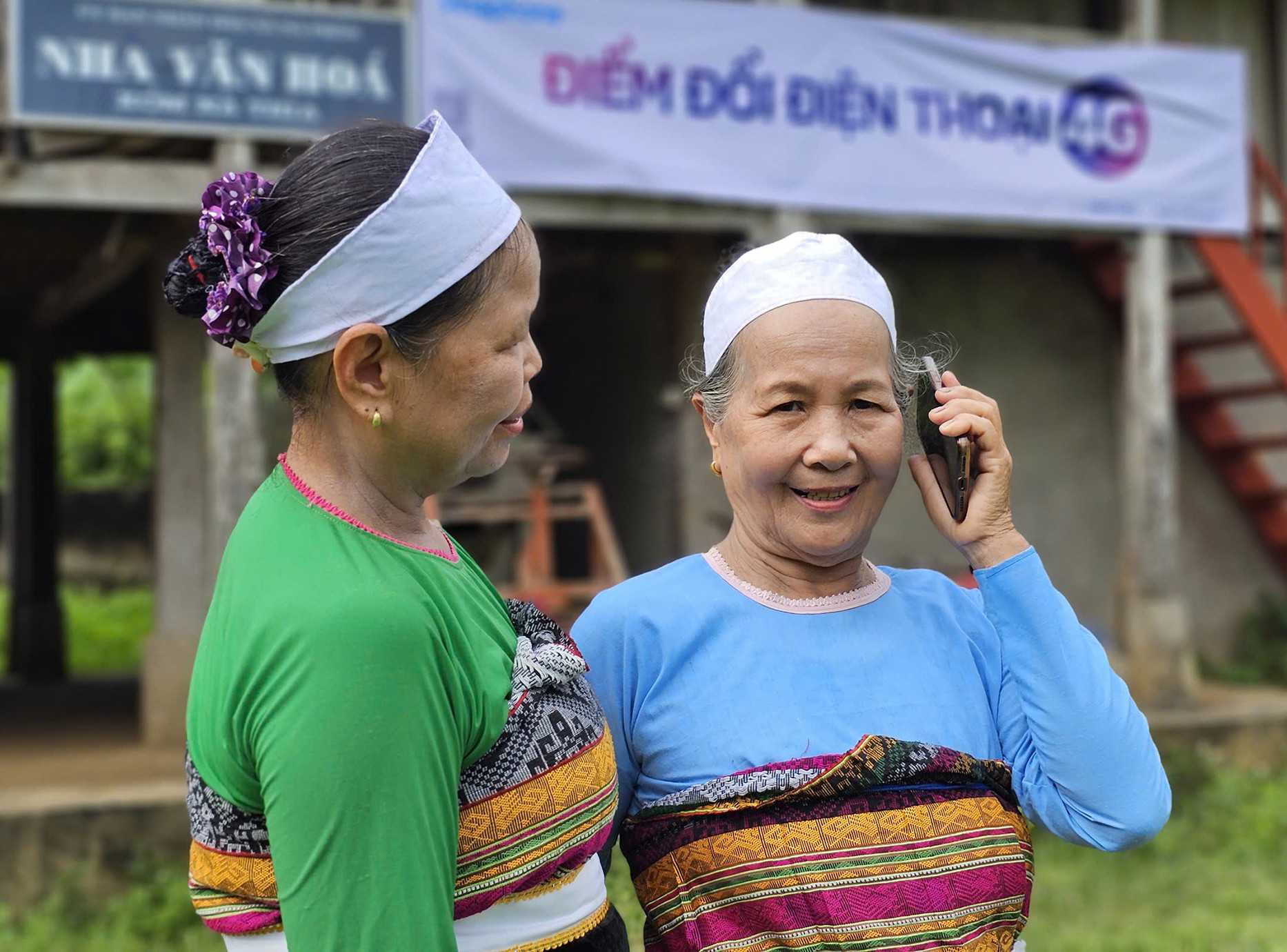
According to mobile network operators, as of October 10, 2024, only 771,072 2G-only subscribers remain ahead of the scheduled 2G shutdown. The shutdown is expected to be completed by October 15, in accordance with the planned timeline.
Recently, network operators have provided financial support for 4G-only phones, along with promotional packages for transitioning users. Some even offered up to 100% financial aid for the purchase of 4G devices.
On September 13, 2024, Minister of Information and Communications Nguyen Manh Hung signed Circular No. 10/2024/TT-BTTTT, temporarily suspending the shutdown of 2G services in certain areas to allow time for recovery from the impact of Typhoon No. 3. This historic storm caused significant damage to network operators and disrupted communications for customers.
According to the Telecommunications Department, as of September 8, 2024, there were about 3.4 million 2G-only subscribers. In just over a month, the number has dropped by over 5.3 million, leaving only 771,072 2G-only users as of October 10.
The swift reduction in 2G users reflects the Ministry’s determined efforts and the serious compliance of mobile operators, as they work to phase out 2G technology by the October 15 deadline.
During the final phase of the transition, network operators have been implementing various strategies to move the remaining 2G-only subscribers to newer networks, ensuring the complete shutdown of 2G services by the scheduled date.
In recent months, operators have offered financial support for 4G-only phones, combined with subscription packages for those transitioning from 2G. Some have provided 100% financial aid for 4G devices to assist 2G-only subscribers, especially for the disadvantaged.
Telecom companies have also initiated free phone giveaways, without requiring subscription plans, to low-income households, people in remote areas, and other underserved communities, to facilitate the transition to 4G.
In addition to mass media campaigns, network operators have increased direct communication with customers, employing methods such as phone calls, SMS, call waiting notifications, and interactive voice response (IVR) messages. These channels provide customers with information about support programs and guidance on upgrading to 4G devices.
Operators have also used local communication networks, including village loudspeaker systems, to spread the word directly to residents.
To ensure the success of the transition in rural and remote areas, some operators have launched nationwide campaigns, mobilizing their entire workforce to visit 2G users in their homes and assist them in upgrading to 4G.
In Ha Giang province, Do Thai Hoa, Director of the Department of Information and Communications, stated that the 2G shutdown is progressing according to the Ministry’s plans. Initially, the government and network operators conducted awareness campaigns in rural areas, but many residents were unfamiliar with the differences between 2G and 4G technology and were thus not paying much attention. Moreover, many of the 2G phone users were elderly individuals with limited financial means, making it difficult for them to switch to 4G devices.
To address this, operators had to develop creative and visual methods of communication to demonstrate the benefits of the new technology. However, not everyone could access these efforts. Additionally, operators implemented programs to provide free 4G phones to speed up the transition.
“We utilized every available communication channel, especially smart loudspeaker systems in rural areas. We tailored our messaging about the 2G shutdown in multiple local languages and distributed it to different villages, aligning it with the residents' daily routines. During the process, our local communication network played a vital role, broadcasting directly and simultaneously to each village as part of a major campaign. Even during Typhoon No. 3, the system helped people mitigate damage and prevent dangerous flash floods in certain villages,” said Mr. Hoa.
Thai Khang